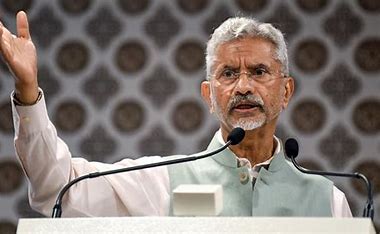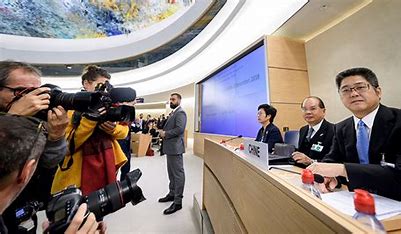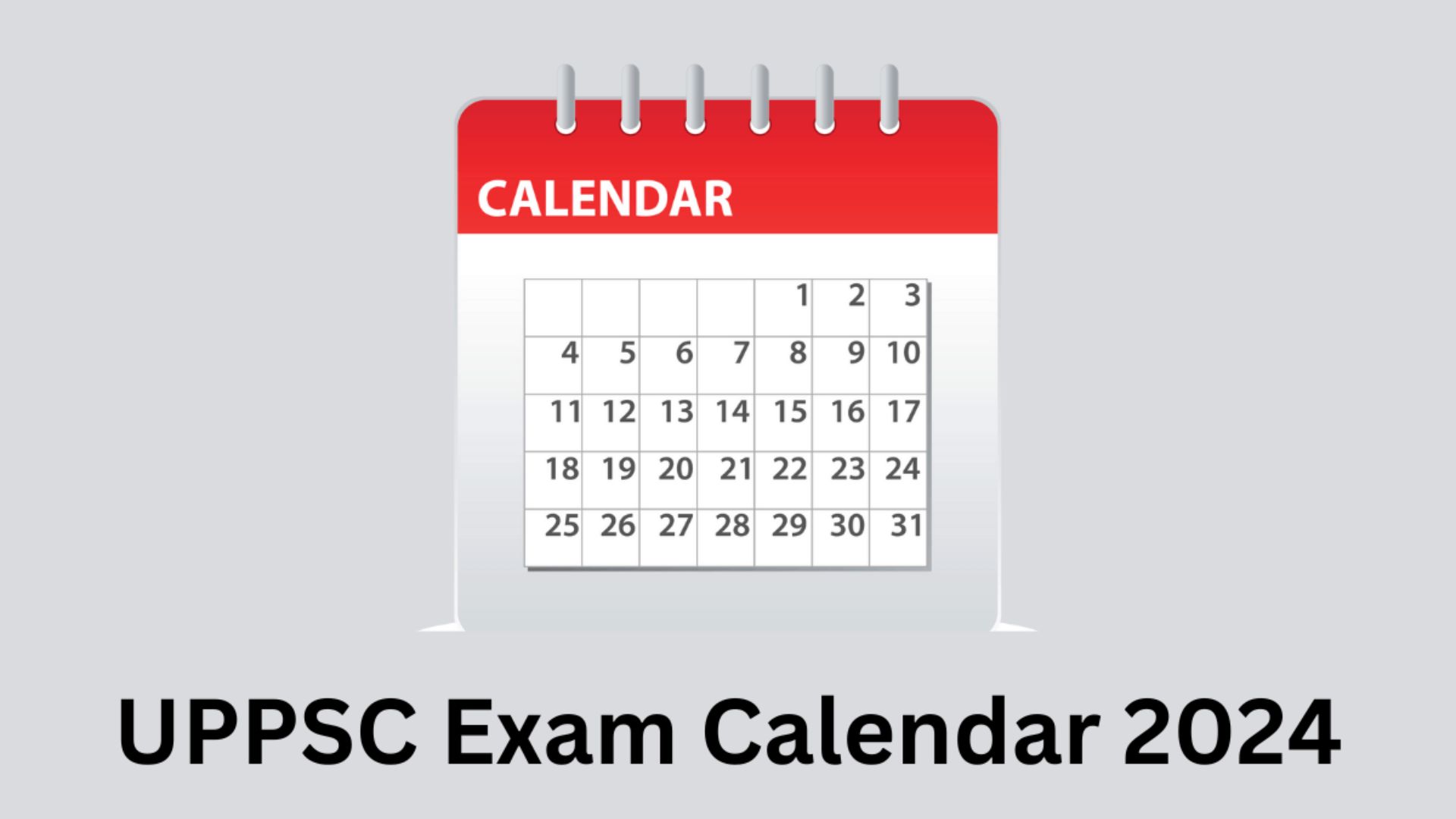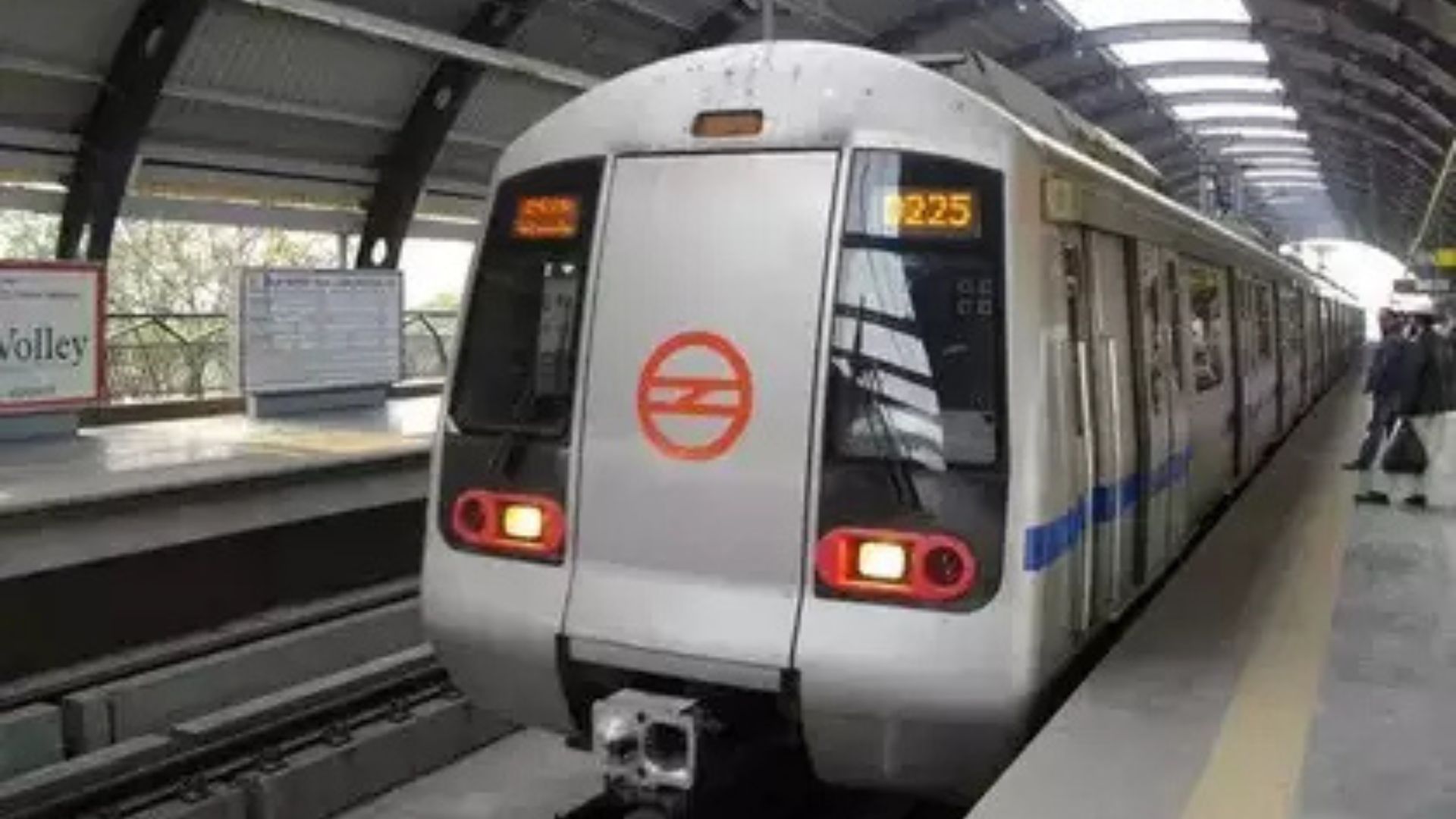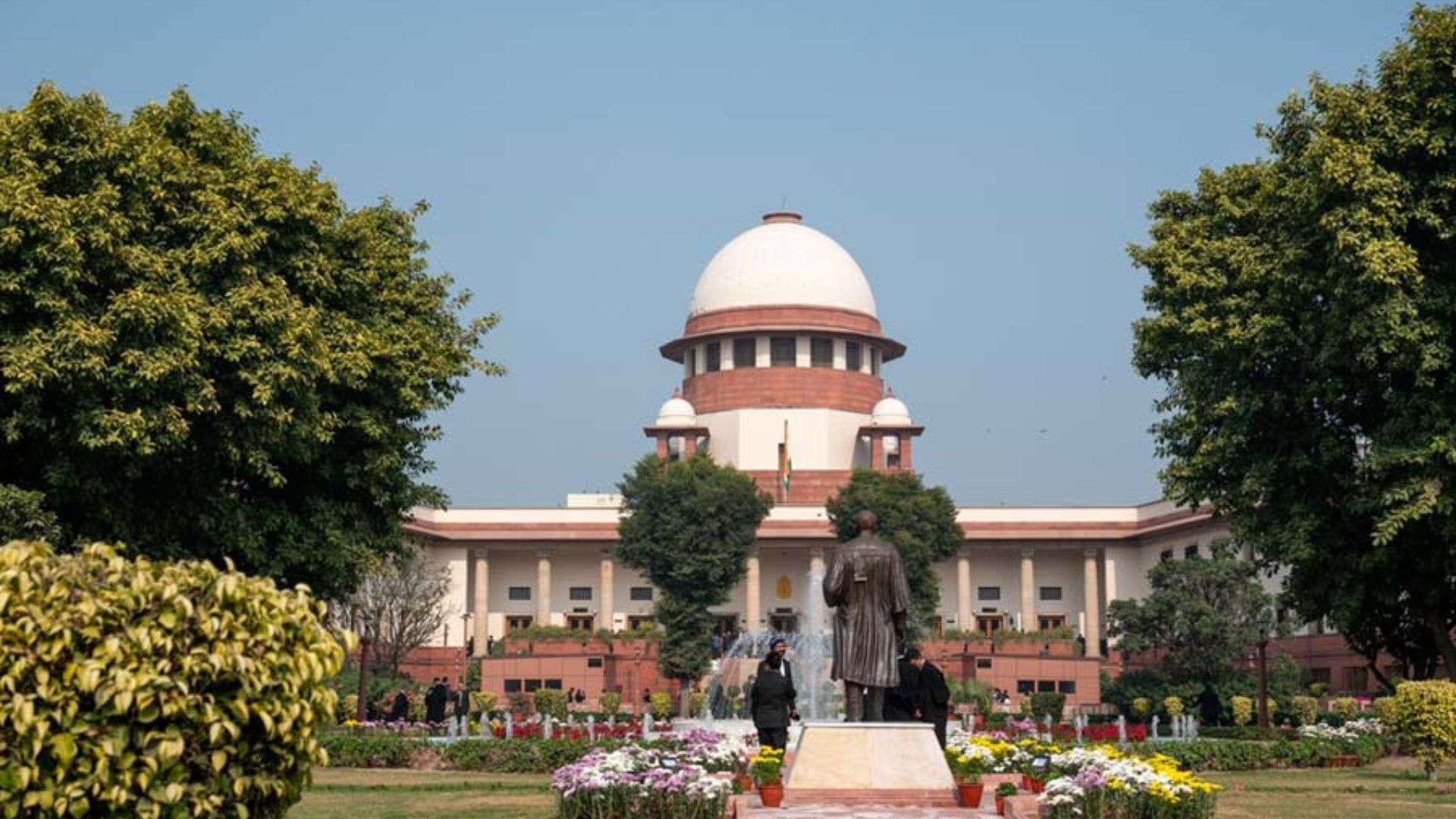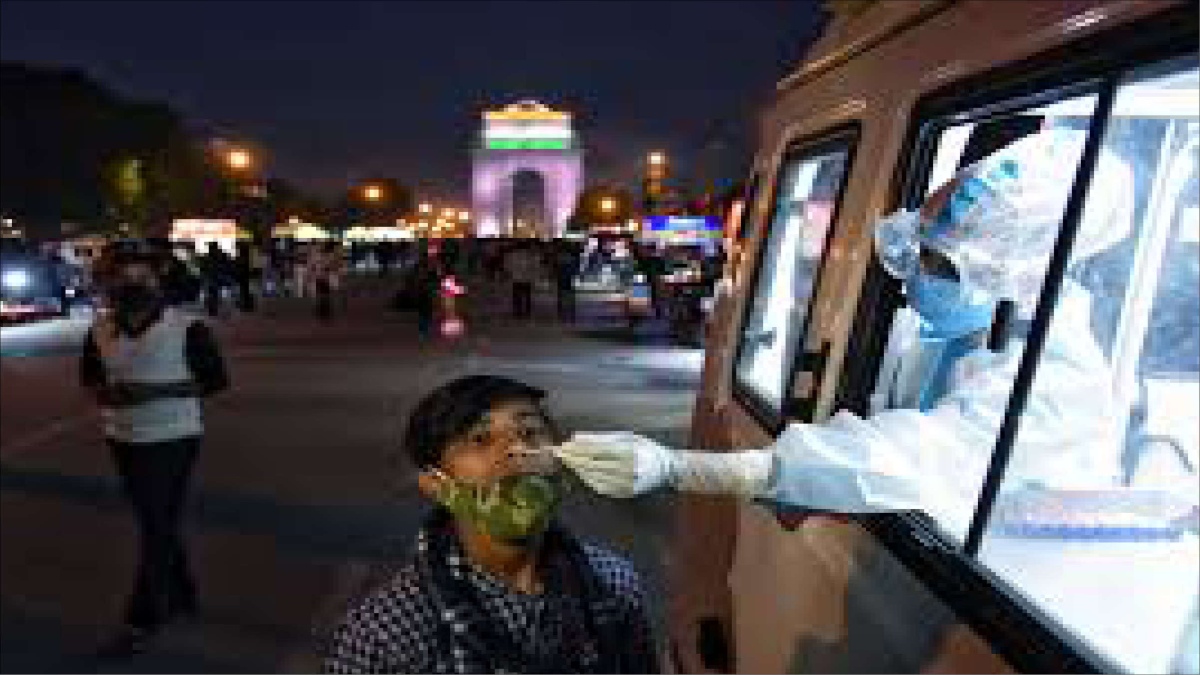
By the time you read this article, India would have completed over 4 million vaccinations. This is the fastest that any single nation has proceeded globally in 15 days. Most recipients of the vaccine so far have been frontline health workers, and the next phase of the drive is targeted at the population above 50 years of age, approximating 270 million citizens. In this phase, India will use 96,000 vaccinators who will conduct around 50 vaccinations per day. In addition, there are over 25,000 cold chain mini-units to deliver vaccines to the last mile. Using the digital framework that India had invested in strategically with AadhaarStack, it is easier to manage delivery, eligibility, dosage, and after effects in the vaccination process.
For all nations, the Covid pandemic has been the harshest wake-up call regarding the safety of citizens. Healthcare systems have been stressed out and civic machinery to deal with it has been broken down or stress-tested. After nearly a year of the battle with Covid and the necessary lockdowns which impacted the economy and tested human empathy, relief is finally within sight. Vaccination for Covid is available now and being rolled out in 57 countries, while many other vaccines are under trial for usage in other markets.
For all the countries, this would be the largest vaccination drive that they have ever attempted. For that matter, this would be the largest citizen-touch point-drive, just like the population census, where they cannot afford to miss even a single citizen. In this aspect, India stands tall, having launched the programme to deliver vaccines to 1.3 billion people.
CHALLENGES OF VACCINATION DELIVERY PROGRAMME
The vaccines, to maintain their efficacy, need cold storage, right from the production unit, until the actual injection that the patient is given. Hence, it makes it impossible or difficult to deliver this vaccine at the doorstep of each citizen. Also, most of the vaccines need a second dose, which means additional logistical handling and stricter adherence to dateline. Fortunately, India has handled the complexities of the scale of distribution and reach, difficult geographical terrain and differing weather conditions, to deliver the vaccines efficiently and on time.
Logistics support is extremely critical for an immunisation drive to ensure the accuracy and speed of delivery. The entire value chain, covering the cold chain infrastructure, transportation management, vaccine management, training for all relevant stakeholders involved in this process, and the safety of the vaccines and the people working in the programme are essential planning components.
Using electoral electronic voting as a surrogate, the Covid vaccination end-mile process time planning has been pegged to the same time taken per individual as in the voting booth. A voter, when called to vote and when standing in the voting booth, spends around 7-8 minutes verifying her/his identity, being verified by the voting agents of all candidates who mark it in their individual records, getting the indelible ink marked on their finger, and finally voting with privacy.
WHAT CAN BE LEARNT FROM INDIA
India boasts of over 1.1 million election booths, with voting conducted even in the remotest parts of the country. The staff who man the voting booths and run the electoral process are government employees who come from a varied spectrum of departments and functions. They are brought into the electoral process duty as nominees of the government. Their training in the processes and FAQs are exhaustive in nature. With technology as an enabler, the touch-points of human interaction have to be seen as neutral and fair to all those involved in the process.
India has learnt a lot over the years while running mass exercises and door-to-door medical drives (e.g. for polio vaccination). It has dealt with and factored the following: Diverse geography, harsh terrain and weather, stratified demographics, multilingual populations and a need for clear communication.
Regarding the Covid immunisation drive, the government has said that it will use the digital platform CoWIN for providing real-time information of vaccine stocks, their storage temperature and individualised tracking of beneficiaries of the vaccines. For cases with any adverse effects post-immunisation, there is a provision for real-time reporting. Other features include SMS in 12 languages, a 24X7 helpline, chat bot assistance and more.
Through the Covid crisis, India has demonstrated its strategic role as a global thought leader and care-provider, even shipping Covid vaccines to various countries now. With India’s experience with large-scale delivery mechanisms of public services, it would benefit other nations and also add to India’s merit if it offers its expertise to others for managing their Covid vaccination programmers. It can be in the form of barter between nations or even for economic interests. The world can look towards India not only for ‘Made in India’ vaccines, but also to learn solution deployment programmes. India has now showcased that it is not only the pharmacy of the world, but that it also has the intent, processes, and technological know-how needed to deliver solutions to others.
Arvind Gupta is the head of the Digital India Foundation and Srinath Sridharan is an independent markets commentator. The views expressed are personal.
India has learnt a lot over the years while running mass exercises and door-to-door medical drives (e.g. for polio vaccination). It has dealt with and factored the following: Diverse geography, harsh terrain and weather, stratified demographics, multilingual populations and a need for clear communication.
